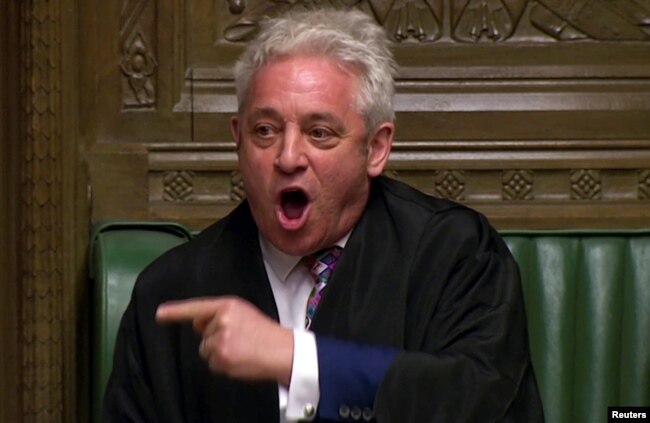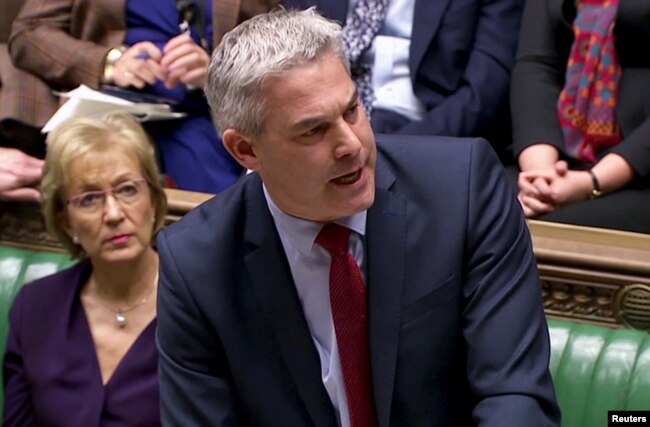Britain’s Parliament on Wednesday turned down multiple alternatives to the government’s twice-rejected deal for leaving the European Union, leaving the future of Brexit more uncertain than ever, VOA news reports.
The House of Commons took over Brexit from Prime Minister Theresa May, who had failed to secure approval of a deal.
Lawmakers began debate Wednesday with 16 separate plans. Negotiators reduced that number to eight, which were brought to votes. All were rejected.
Among the alternatives turned down was one that would have kept Britain in a customs union with the EU, and one that would have put the question of leaving the EU to another referendum.
The EU has given Britain until April 12 to let members know what it plans to do, or it will leave the EU with no exit plan in place, which could lead to economic chaos.
Stephen Barclay, Britain’s Brexit secretary, said the fact that eight different proposals failed was another sign that May’s plan “was the best option.”
May said Wednesday that she would step down as prime minister “earlier than I intended” if lawmakers adopted the plan she negotiated with the EU.
“I know there is a desire for a new approach and new leadership in the second phase of the Brexit negotiations, and I won’t stand in the way of that,” she said.
May has said she will consider support for other plans as “indicative votes,” but has refused to say whether she will adhere to the result.
Vote led to turmoil
Britons voted nearly three years ago to leave the EU. But as last week’s scheduled departure date grew near, so did turmoil over terms of the deal May negotiated with EU leaders.
The contention over May’s plan centers on trade and the border crossing between EU member Ireland and British-controlled Northern Ireland, which local residents routinely cross daily without stopping.
May hopes to put her plan up for another vote, despite the decisive earlier losses.
Pro-Brexit members of her Conservative Party had called for her resignation, but until Wednesday she had resisted.
“It is my sense of responsibility and duty that has meant I have kept working to ensure Brexit is delivered,” she said.
Labor Party leader Jeremy Corbyn contended May was “unable to compromise and unable to reunite the country.” He said May must “either listen and change course or go.”



